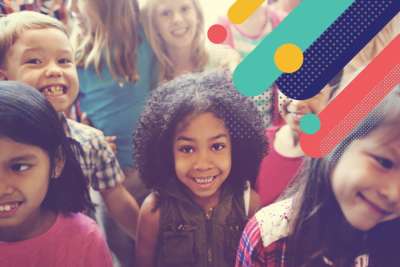Download for free!
Prepare to teach students with special needs in your classroom using these effective strategies to help them succeed. Includes the various types of special needs students you may encounter in your classroom, as well as traits these students may exhibit.Teaching Students with Special Needs
Teaching is a remarkable journey, one that is full of opportunities and challenges. When it comes to teaching students with special needs, the journey becomes even more unique. Educators may find themselves navigating uncharted waters, as each student presents a distinct set of skills, abilities, and learning styles. You may need to make accommodations for some and modifications for others.
The following article aims to shed light on effective strategies for teaching students with special needs, as well as the various types of special needs students you may encounter in your classroom. With our tips and tricks, we hope to empower teachers to provide the best possible education for every student, no matter their individual needs.
What are special needs in the classroom?
The term “special needs” refers to students who have had an evaluation and qualified for special education under an Individualized Education Plan (IEP).
These students typically have disabilities, as defined under The Americans with Disabilities Act: physical or mental impairments that substantially limit one or more of the major life activities of an individual; a record of such an impairment; or being regarded as having such an impairment.
Students in special education require their learning to be tailored to their specific needs, based on the nature of their disabilities or impairments.
Special education terms to know
When working with special needs students, two terms you are sure to encounter are accommodation and modification. An accommodation is a device, material, or support process that will enable a student to accomplish a task more efficiently. Modification refers to changes to the instructional outcomes; a change or decrease in the course content or outcome.
An Individualized Education Plan (IEP) is a legal document under United States law that is developed for each public school child who needs special education. It is created through a team effort and reviewed at least once a year. The IEP describes the goals the team sets for a child during the school year, as well as any special support needed to help achieve them. On the other hand, a 504 Plan is a plan developed to ensure that a child who has a disability identified under the law and is attending an elementary or secondary educational institution receives accommodations that will ensure their academic success and access to the learning environment.
Types of students with special needs
To help you tailor your lesson plans to your special needs students, we’ve compiled a list of the most common disabilities in the classroom and specific strategies to help these children learn.
Students with learning disabilities
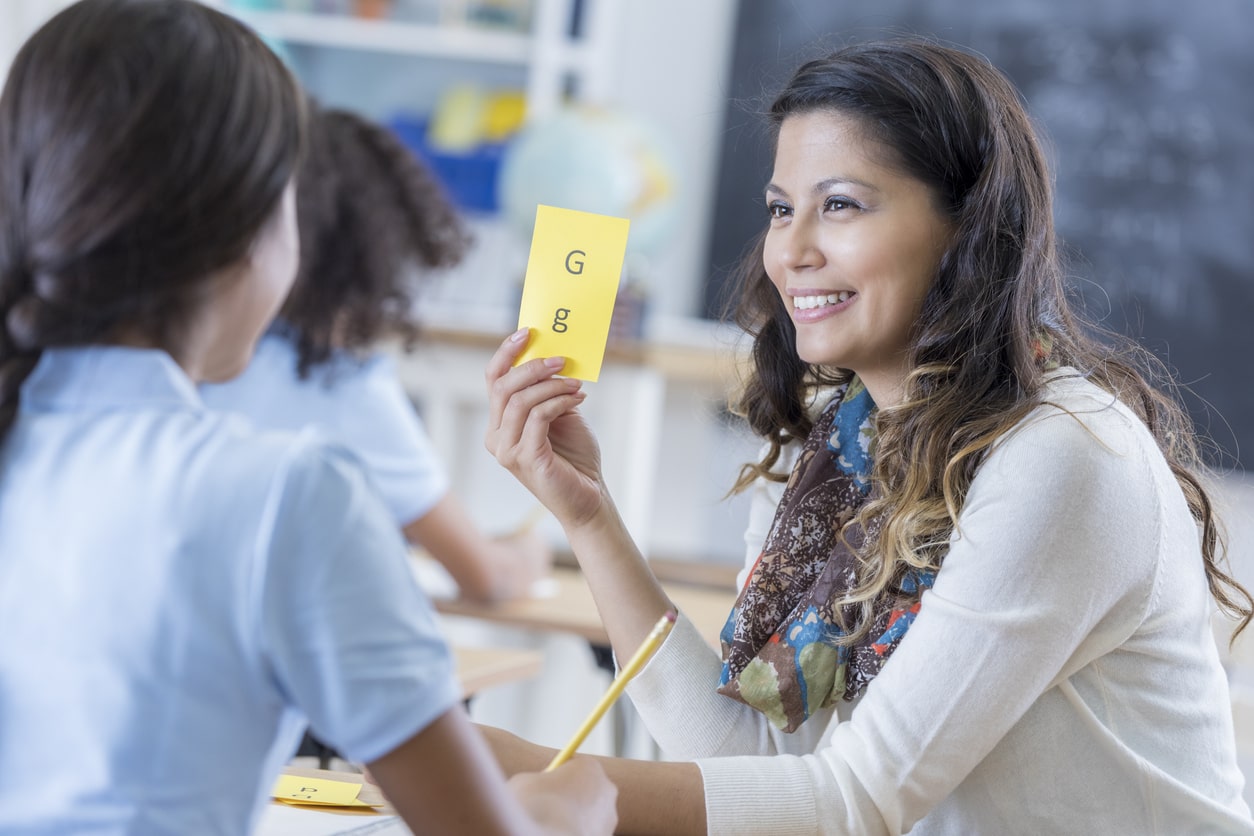
Learning disabilities are disorders that affect the ability to understand or use spoken or written language, do mathematical calculations, coordinate movements, or direct attention.
Common learning disabilities include ADHD, dyslexia, dyscalculia, dysgraphia, and dyspraxia.
Students with Attention-Deficit/Hyperactivity Disorder (ADHD) offer significant and often perplexing challenges for many teachers. ADHD students comprise approximately 3 to 5 percent of the school-age population. This may be as many as 35 million children under the age of 18. Boys tend to be diagnosed for ADHD at a younger age than girls.
Common indicators of learning disabilities
The following traits are common indicators of learning disabilities in students. These traits are usually not isolated; rather, they appear in varying degrees and amounts in most students with learning disabilities.
- Has poor auditory memory—both short-term and long-term.
- Has a low tolerance level and a high frustration level.
- Has weak or poor self-esteem.
- Is easily distractible.
- Finds it difficult, if not impossible, to stay on task for extended periods of time.
- Is spontaneous in expression; often cannot control emotions.
- Is easily confused.
- Is verbally demanding.
- Has some difficulty working with others in small or large group settings.
- Has difficulty in following complicated directions or remembering directions for extended periods of time.
- Has inflexibility of thought; is difficult to persuade otherwise.
- Has a poor concept of time.
Strategies for teaching students with learning disabilities
Teaching students with learning disabilities will present you with some unique and distinctive challenges. Not only will these students demand more of your full-time and patience; but so, too, will they require specialized instructional strategies in a structured environment that supports and enhances their learning potential.
It’s important to remember that students with learning disabilities are not students who are incapacitated or unable to learn; rather, they need differentiated instruction tailored to their distinctive learning abilities. Here are some strategies to help teach special needs students with learning disabilities:
- Provide oral instruction for students with reading disabilities. Present tests and reading materials in an oral format so the assessment is not unduly influenced by lack of reading ability.
- Provide students with frequent progress checks. Let them know how well they are progressing toward an individual or class goal.
- Make activities concise, whenever possible. Long, drawn-out projects are particularly frustrating for these students.
- Children with learning disabilities have difficulty learning abstract terms and concepts. Whenever possible, provide them with concrete objects and events—items they can touch, hear, smell, etc.
- Encourage cooperative learning activities (see Teaching with Cooperative Learning) when possible. Invite students of varying abilities to work together on a specific project or toward a common goal. Create an atmosphere where a true “community of learners” is facilitated and enhanced.
Students with hearing impairments
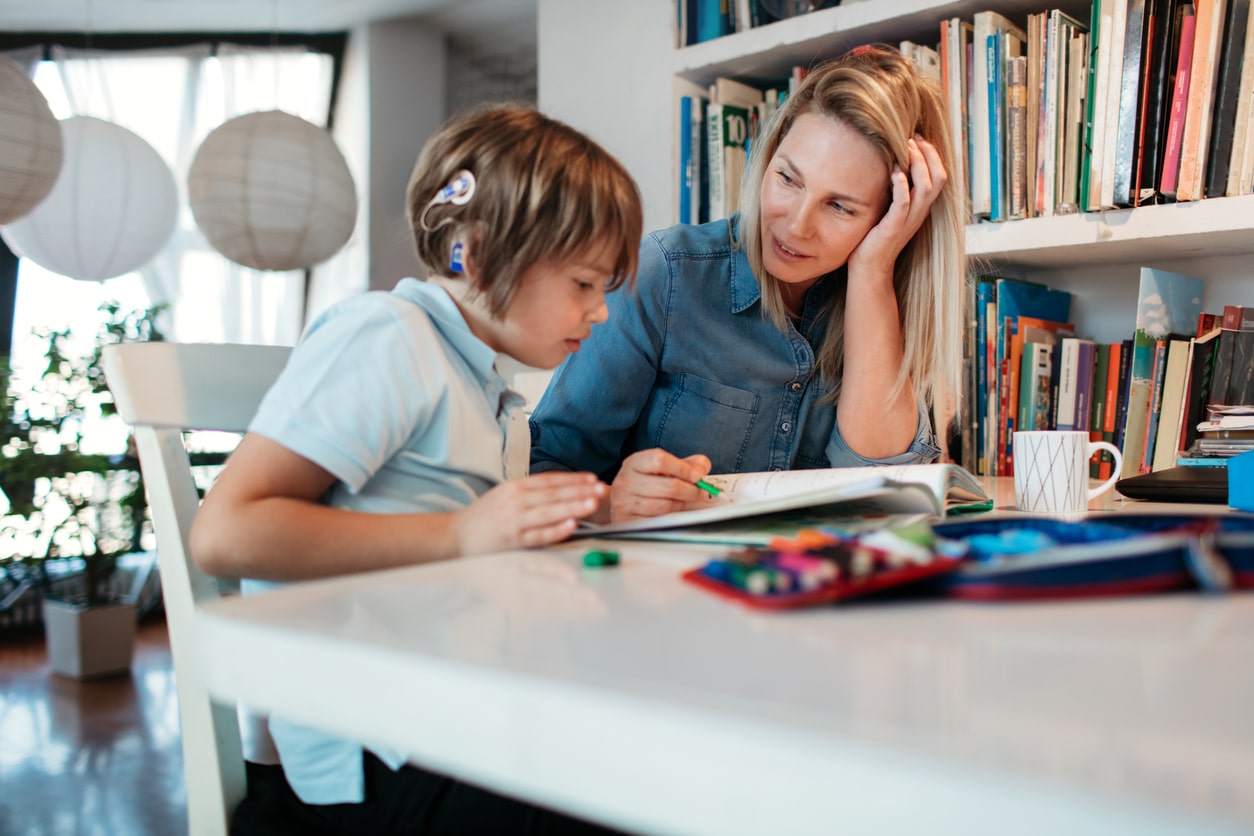
Hearing impairment may range from mildly impaired to total deafness. Although it is unlikely that you will have any deaf students in your classroom, it is quite possible that you will have one or more who will need to wear one or two hearing aids.
Strategies for teaching students with hearing impairments
- Physically act out the steps for an activity. You or one of the other students in the class can do this.
- Seat a hearing impaired child in the front of the classroom and in a place where he or she has a good field of vision of both you and the chalkboard.
- Many hearing impaired youngsters have been taught to read lips. When addressing the class, be sure to enunciate your words (but don't overdo it) and look directly at the hearing impaired student or in his or her general direction.
- Provide a variety of multi-sensory experiences for students. Allow students to capitalize on their other learning modalities.
- It may be necessary to wait longer than usual for a response from a hearing impaired student. Be patient.
- Whenever possible, use lots of concrete objects such as models, diagrams, realia, samples, and the like. Try to demonstrate what you are saying by using touchable items.
Students with visual impairments
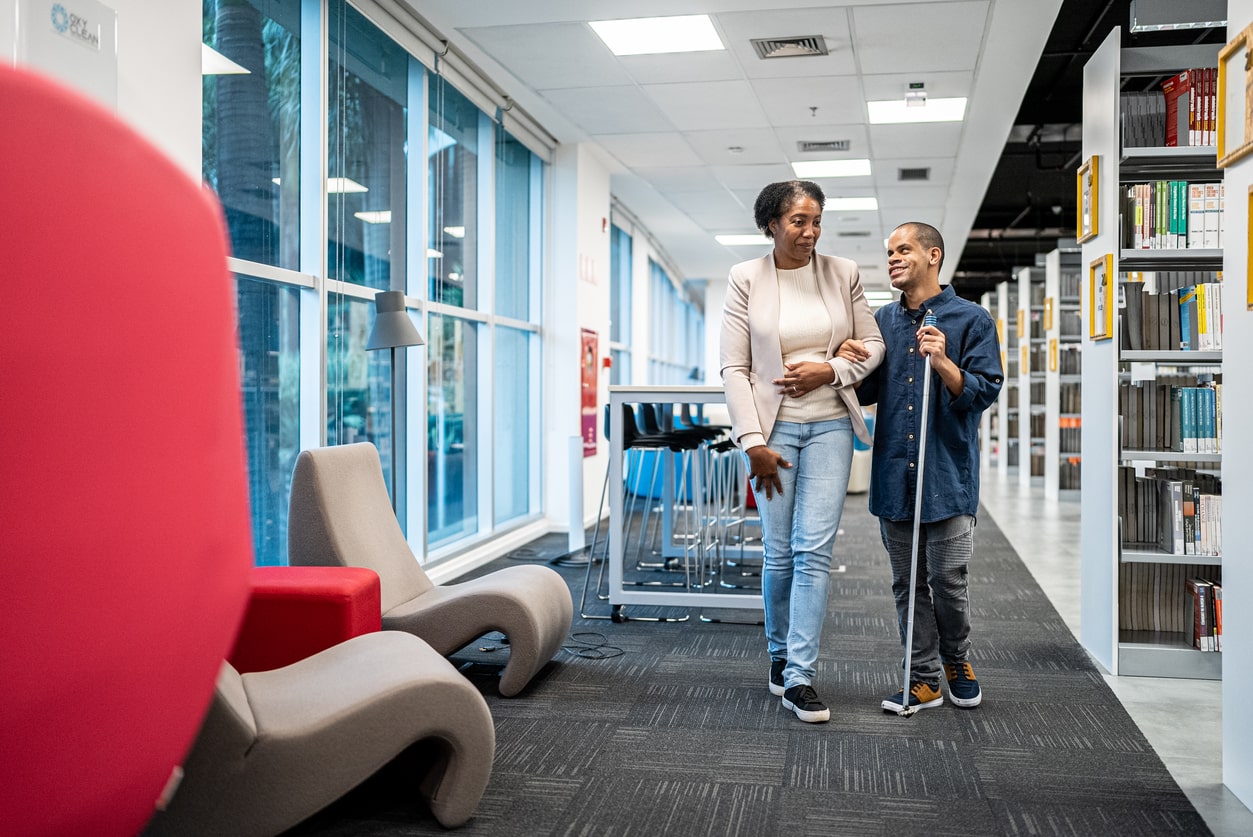
All students exhibit different levels of visual acuity. However, it is quite likely that you will have students whose vision is severely hampered or restricted. These students may need to wear special glasses and require the use of special equipment. Although it is unlikely that you will have a blind student in your classroom, it is conceivable that you will need to provide a modified instructional plan for visually limited students.
Strategies for teaching students with visual impairments
- Tape-record portions of textbooks, trade books, and other printed materials so students can listen (with earphones) to an oral presentation of necessary material.
- When using the chalkboard, use white chalk and bold lines. Also, be sure to say out loud whatever you write on the chalkboard.
- As with hearing impaired student, it is important to seat the visually impaired student close to the main instructional area.
- Provide clear oral instructions.
- Be aware of any terminology you may use that would demand visual acuity the student is not capable of. For example, phrases such as “over there” and “like that one” would be inappropriate.
- Partner the student with other students who can assist or help.
Students with physical impairments
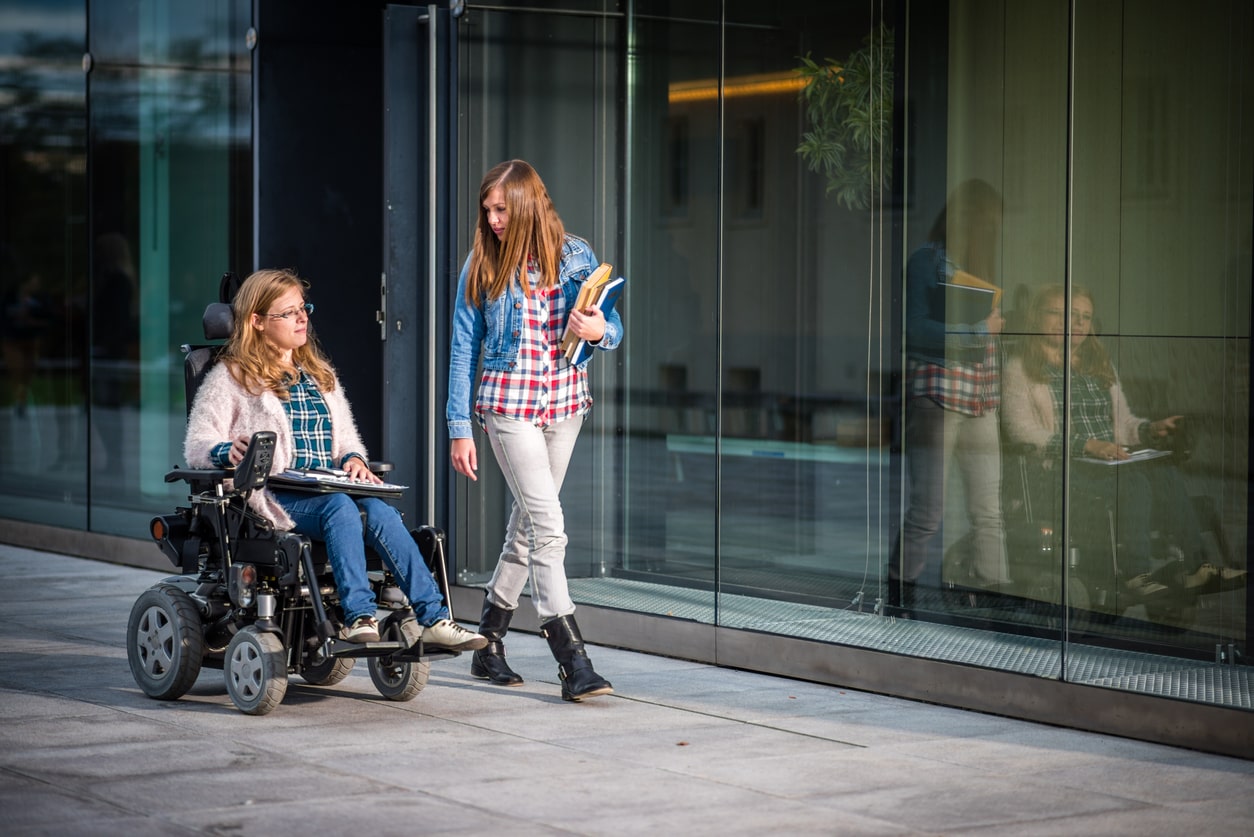
Physically challenged students include those who require the aid of a wheelchair, canes, walkers, braces, crutches, or other physical aids for getting around. As with other impairments, these youngsters' exceptionalities may range from severe to mild and may be the result of one or more factors. What is of primary importance is the fact that these students are no different intellectually than the more mobile students in your classroom.
Strategies for teaching students with physical impairments
- Be sure there is adequate access to all parts of the classroom. Keep aisles between desks clear, and provide sufficient space around demonstration tables and other apparatus for physically disabled students to maneuver.
- Encourage students to participate in all activities to the fullest extent possible.
- Establish a rotating series of “helpers” to assist any physically disabled students in moving about the room. Students often enjoy this responsibility and the opportunity to assist whenever necessary.
- Focus on the intellectual investment in an activity. That is, help the child use his or her problem-solving abilities and thinking skills in completing an assignment without regard to his or her ability to get to an area that requires object manipulation.
- When designing an activity or constructing necessary equipment, be on the lookout for alternative methods of display, manipulation, or presentation.
- Physically impaired students will, quite naturally, be frustrated at not being able to do everything the other students can accomplish. Be sure to take some time periodically to talk with those students and help them get their feelings and/or frustrations out in the open. Help the child understand that those feelings are natural but also that they need to be discussed periodically.
Students with emotional struggles
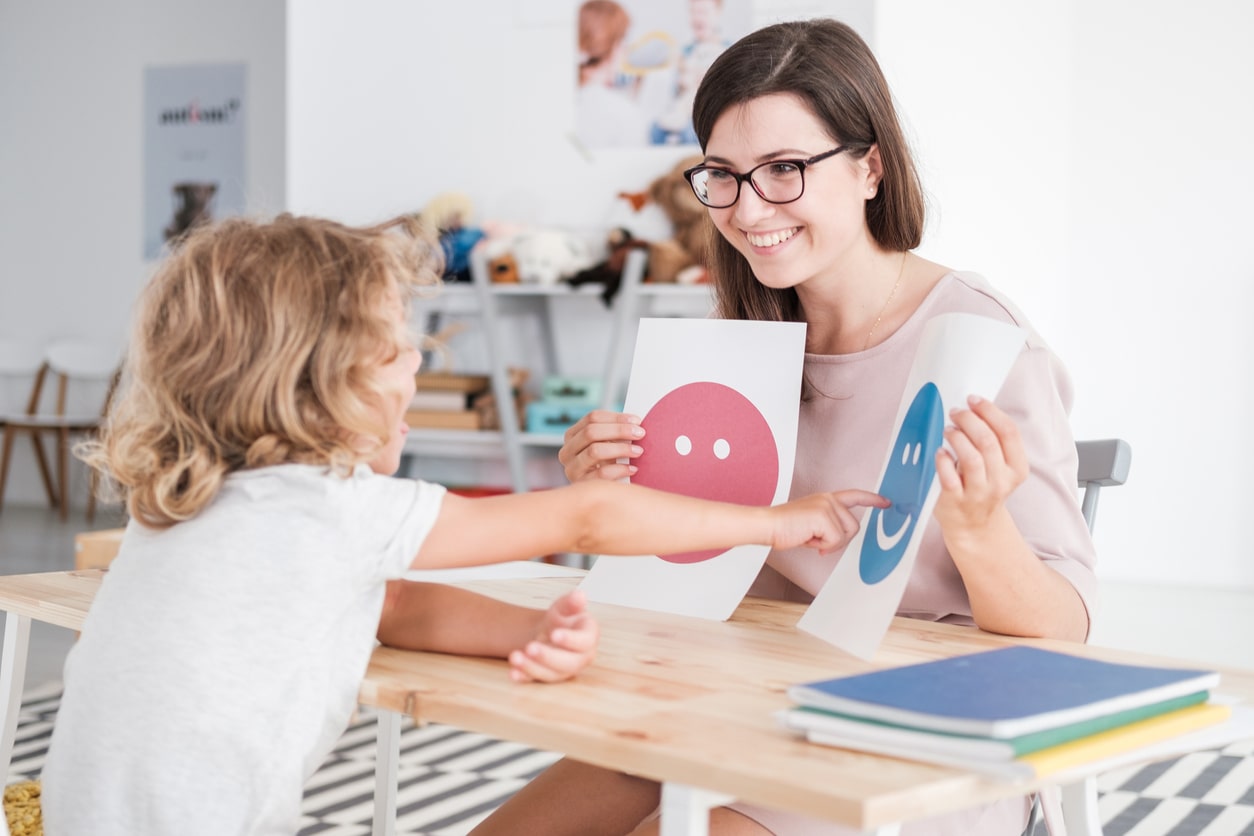
Students with emotional problems are those who demonstrate an inability to build or maintain satisfactory interpersonal relationships, develop physical symptoms or fears associated with personal or school problems, exhibit a pervasive mood of unhappiness under normal circumstances, or show inappropriate types of behavior under normal circumstances.
Although you will certainly not be expected to remediate all the emotional difficulties of students, you need to understand that you can and do have a positive impact on students' ability to seek solutions and work in concert with those trying to help them.
Strategies for teaching students with emotional struggles
- Whenever possible, give the student a sense of responsibility. Put the student in charge of something (operating an overhead projector, cleaning the classroom aquarium, re-potting a plant), and be sure to recognize the effort the student put into completing the assigned task.
- Provide opportunities for the student to self-select an activity or two he or she would like to pursue independently. Invite the student to share his or her findings or discoveries with the rest of the class.
- Get the student involved in activities with other students—particularly those students who can serve as good role models for the child. It is important that the emotionally disturbed child has opportunities to interact with fellow students who can provide appropriate behavioral guidelines through their actions.
- Discuss appropriate classroom behavior at frequent intervals. Don't expect students to remember in May all the classroom rules that were established in September. Provide “refresher courses” on expected behavior throughout the year.
- Emotionally disabled students benefit from a highly structured program—one in which the sequence of activities and procedures is constant and stable. You will certainly want to consider a varied academic program for all your students, but you will also want to think about an internal structure that provides the support emotionally impaired youngsters need.
- Be sure to seat an emotionally impaired child away from any distractions (highly verbal students, equipment, tools, etc.).
- Whenever possible, keep the activities short and quick. Provide immediate feedback, reinforcement, and a sufficient amount of praise.
Final takeaway…
Remember: you are not alone when it comes to working with special needs students. Often specialists, clinicians, and other experts are available in the school as part of an educational team. Included on the team may be special education teachers, diagnosticians, parents, social workers, representatives from community agencies, administrators, and other teachers. By working in concert and sharing ideas, you can provide a purposeful education plan for each special needs student.











